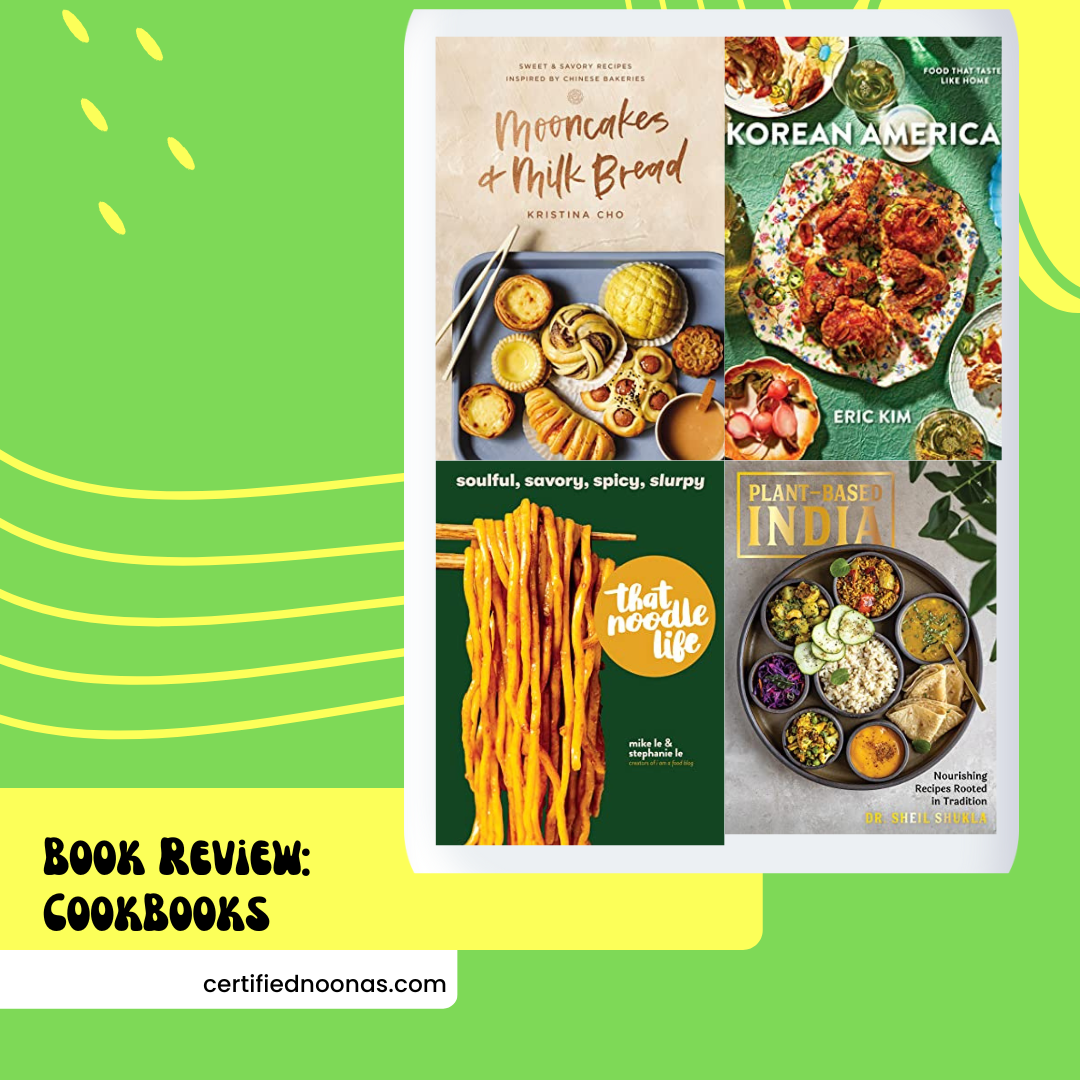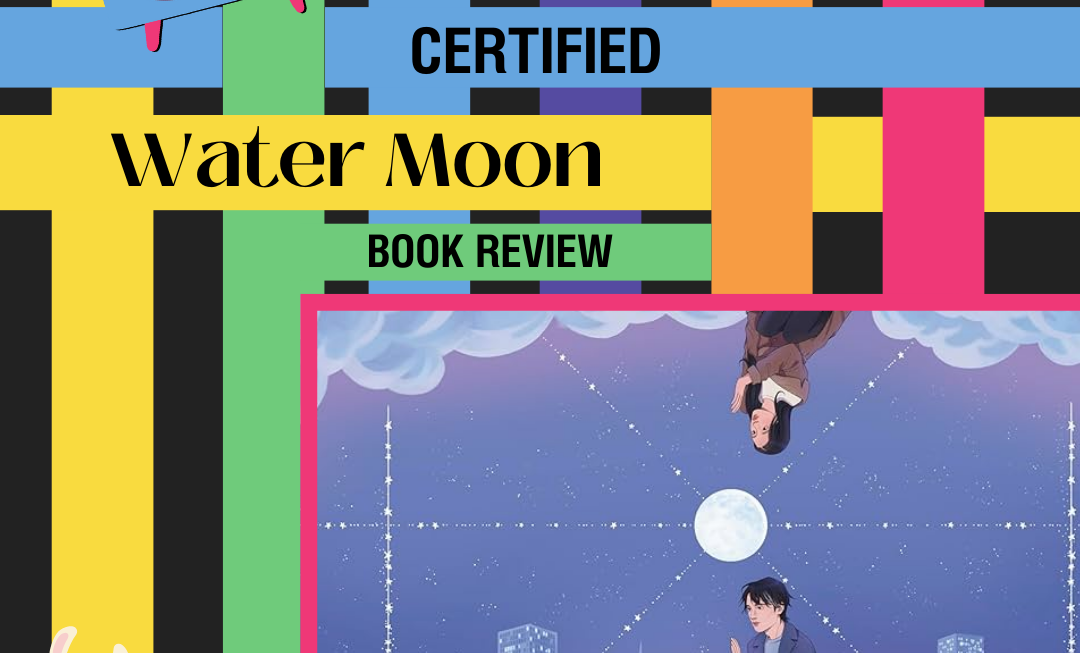Do you love to cook? Or maybe you just like to drool over glossy pictures of gorgeous food? I recently got my hands on digital copies of some new Asian cookbooks and I’m giving you a preview!
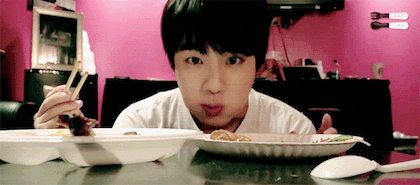
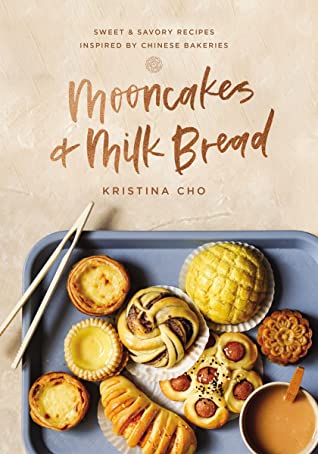
Mooncakes & Milk Bread by Kristina Cho
Kristina Cho is a Chinese American food blogger. You can find Kristina at EatChoFood.com
The website is full of colourful photos of delicious-looking food. There are recipes for cakes and breads and even pudding pops. Her recipes seem to have interesting twists that often combine different Asian flavours with other American comfort foods. Much like any other popular food blogger, Kristina Cho’s website uses personal stories and experiences to introduce her recipes. Her book does the same.
The book starts with the history of her grandparents moving from Hong Kong to Cleveland, where her schoolteacher grandfather started a restaurant. The opening section takes a quick look at Chinese café culture and then gives the reader a lesson in shopping for ingredients at an Asian market.
Once the book gets into the recipes, the pictures give glorious detail. I love that the author recognizes that not everyone reading her book will have ever baked a loaf of bread before. There are not just step by step instructions with a finished colour picture, but also pictures of the processes. I found this particularly helpful in the bread section where the different types of breads have unique methods of rolling or folding the dough into particular shapes.
In between the chapters of recipes, the book has short pictorials on locations or memories special to the author. Stories about memorable bakeries, or family members and friends who learned to cook after coming to America. It adds an extra personal touch to the book and subsequently to the recipes.
The book has recipes for breads, tarts, meat buns, cakes, dumplings, soups, cookies, and even beverages. Everything is accompanied by excellent instructions and gorgeous photographs. I’m not much of a baker myself, but let me tell you, this book makes me want to give it a go. I was literally drooling going through the book and my stomach is growling as I type these words.
Mooncakes & Milkbread was released in October of 2021 and is currently easily available to download in ebook form. But for those of you who want a physical copy to look at and drool over, there is also a beautiful hardcover edition available. If you love to bake, or are simply interested in trying your hand at some new recipes, I highly recommend checking out this book.
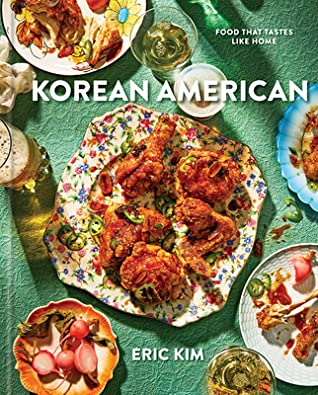
Korean American by Eric Kim
Eric Kim is a food writer for the New York Times Magazine, digital manager at The Food Network, and a senior editor at Food52. His website contains links to his various columns and videos and guest appearances on other sites. His articles combine his personal history and family moments with the foods that remind him of them. Especially poignant is the column at Food52 that tells his coming out story It’s accompanied by the recipe for his mother’s Kimchi Fried Rice.
This recipe doesn’t appear in Eric’s cookbook, but he does include his own version of the classic dish. The difference in the two recipes reflects Eric’s intent with his book Korean American. There is no one, truly “authentic” Korean recipe for any dish because every person will make a dish with their own personal sohn mat (손맛) or “hand taste”. When Eric says that this is an authentic Korean American recipe, it is authentic because that’s the way that his mother makes it, and she is Korean American.
The book has a vintage feel to it. The colours, patterns, and filters used in the photography all work together to evoke the feeling of those Reader’s Digest type cookbooks many of our mothers had back in the 80s. This makes sense because Eric Kim’s family became Korean Americans in the 80s. And in the 80s, most Korean cooking staples were not readily available at local grocery stores. Immigrants had to make do with what they could find and Eric’s book reflects that. Eric does use traditional ingredients in most of his recipes, but sometimes American ingredients pop up that they probably don’t use in Korea for the same dishes. Some of the dishes are more traditional American fare made with Korean ingredients.
On the whole, Eric Kim’s book reads like a love letter to his his childhood and more specifically to his mother Jean. Pictures of her appear throughout the book and stories of her cooking pepper the pages. It’s clear where Eric got his love of cooking. It’s a lovely read and the recipes look delicious. The book comes out at the end of March and this is another one that I think I personally will want to get my hands on a physical copy of.
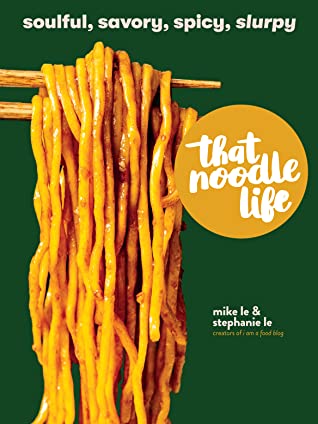
That Noodle Life by Mike & Stephanie Le
Mike and Stephanie Le are food bloggers with their own website, iamafoodblog, and hundreds of thousands of followers on Instagram.
In the past, they included a lot of food travel in their posts. Those posts all still exist, but the travel tab on their website is now rather comically crossed out since the advent of Covid restrictions.
Their blog encompasses a huge variety of foods, from salads to soups, using air fryers and instant pots, and of course… noodles.
Mike and Stephanie’s new cookbook, That Noodle Life, is an ode to their shared favourite food. The book opens with lists and pictures of the all the different types of noodles that appear throughout the cookbook. Each type of noodle includes a cute, descriptive haiku to help you remember what sets that noodle apart. The haiku section is followed up with a quick section on different ways to prep and cook different types of noodles.
I love the variety of dishes in this book. Noodles are a versatile dish and this book reflects that. There are cold dishes, quick dishes, soup, salads, and snacks. There is even a section on some of Mike and Stephanie’s favourite instant noodles and some great modifications you can make to add a little pizazz to those quick, cheap noods. In the chapter entitled The Ultimate Noodle, the Les have 8 different lasagna recipes! When I say they love noodles, I mean ALL types of noodles.
While this book does have a lot of variety, it is still a book about noodles. So if noodles aren’t your thing, this book is probably not for you 😅 Mike and Stephanie also don’t include a lot of stories or history in this book. It’s a recipe book, plain and simple. It’s not designed to sit on your coffee table and be read, it’s designed to live in your kitchen and get you fed. From that perspective, it’s not one that I would likely buy for myself. I’d probably be more likely to simply visit their website when I am looking for something creative to do with my noodles. If it sounds like your sort of recipe book though, you can watch for it to hit shelves at the end of March.
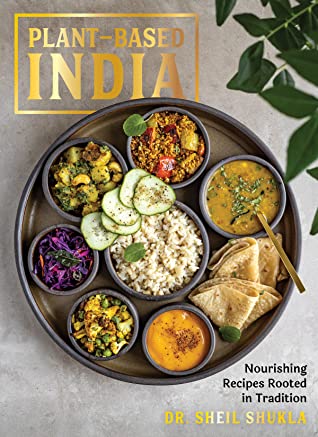
Plant-Based India by Dr. Sheil Shukla
Dr. Sheil Shukla also has his own food blog. The vibe is a little less homey than a lot of food blogs, but that goes well with the style of his book. Dr. Shukla’s blog is not very old or prolific, but the few recipes that are there look interesting and delicious.
His popular Instagram account, plantbasedartist, is much older and more prolific with the posts. Having skimmed through it, I can see why the photography in the book is so gorgeous. The food looks rich and delicious in every picture.
The book Plant-Based India opens with Dr. Shukla’s personal story of his relationship with Indian food and how he became a vegan. He provides a helpful section on the benefits of a plant-based diet which includes lists of foods that provide the nutrients non-vegans commonly get out of animal-based foods. He goes on to provide detailed charts of all the different spices and ingredients commonly found in an Indian kitchen. The final chapter of the book includes recipes for using these ingredients to create your own masalas (spice blends) for use in the rest of the book. I really appreciated this. Too often I find a recipe that simply calls for garam masala and assumes that the reader already has their own blend.
Inside the recipe section, there are recipes for all sorts of different foods. There are chapters on starters, snacks & side dishes, soups & salads, vegetable dishes, gravies, desserts, and drinks. I appreciated that when it came time for the gravy chapter, Dr. Shukla gave a little mention of how those dishes many of us would refer to as “curry” are not called curries in India. It’s a common Western misconception that these spiced gravy dishes are all there is to Indian food. Witness the yearly “I hate all Indian food and here’s why I’m right not racist” editorials that pop up in supposedly reputable magazines and newspapers. One needs only to flip through a book like this one to realize how incredibly limited that view of Indian food is.
The recipes in this book all look very delicious. The pictures that accompany the recipes are beautiful to look at. If you are someone who collects recipe books for display and reading purposes alone, this one will probably fit nicely into your collection. If you are vegan, or have a love for Indian food, this book might also be for you. I personally didn’t feel that I connected as well with Dr. Shukla’s style of writing as I would have liked. The book didn’t draw me in the same way as some other recipe books have. But if you think this book might be for you, keep an eye out for it to hit bookshelves near you in June.
Final Thoughts:
So many delicious foods. So many wonderful stories. Food is such an important part of most people’s lives and culture and memories. It was really interesting to flip through these books and to read the authors’ different stories. I really enjoyed seeing the different angles that people came at their writing from and the different ways in which they presented their recipes. I was hungry all the time. I have been inspired to try baking again and I look forward to trying out a number of the different recipes I’ve found within these books. Dramaland is always tempting me with so many great looking foods, and now I have some recipes to try making those foods for myself.

If you’re feeling hungry now, seems like a great time to go over and listen to our Genre Jar episode on food dramas, Certified Food.

